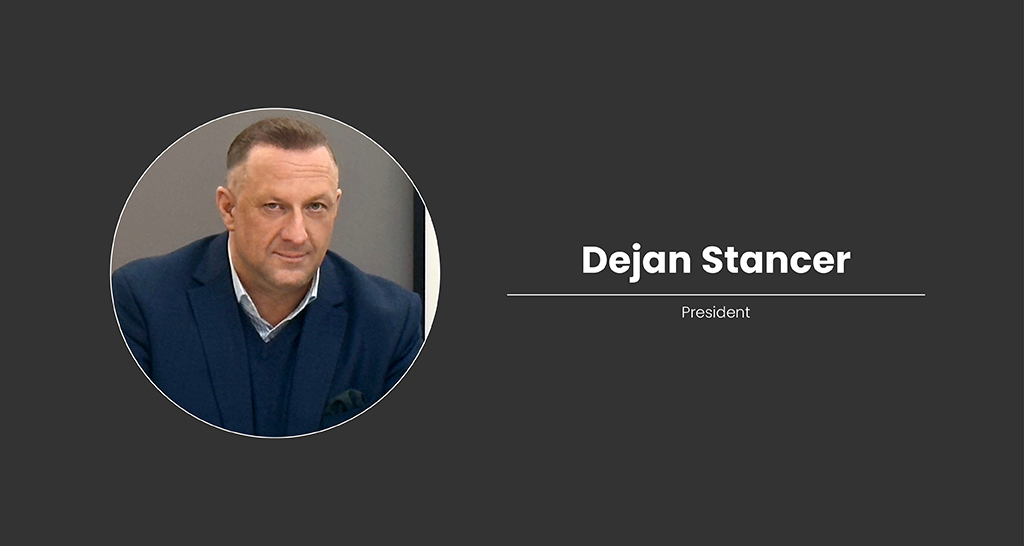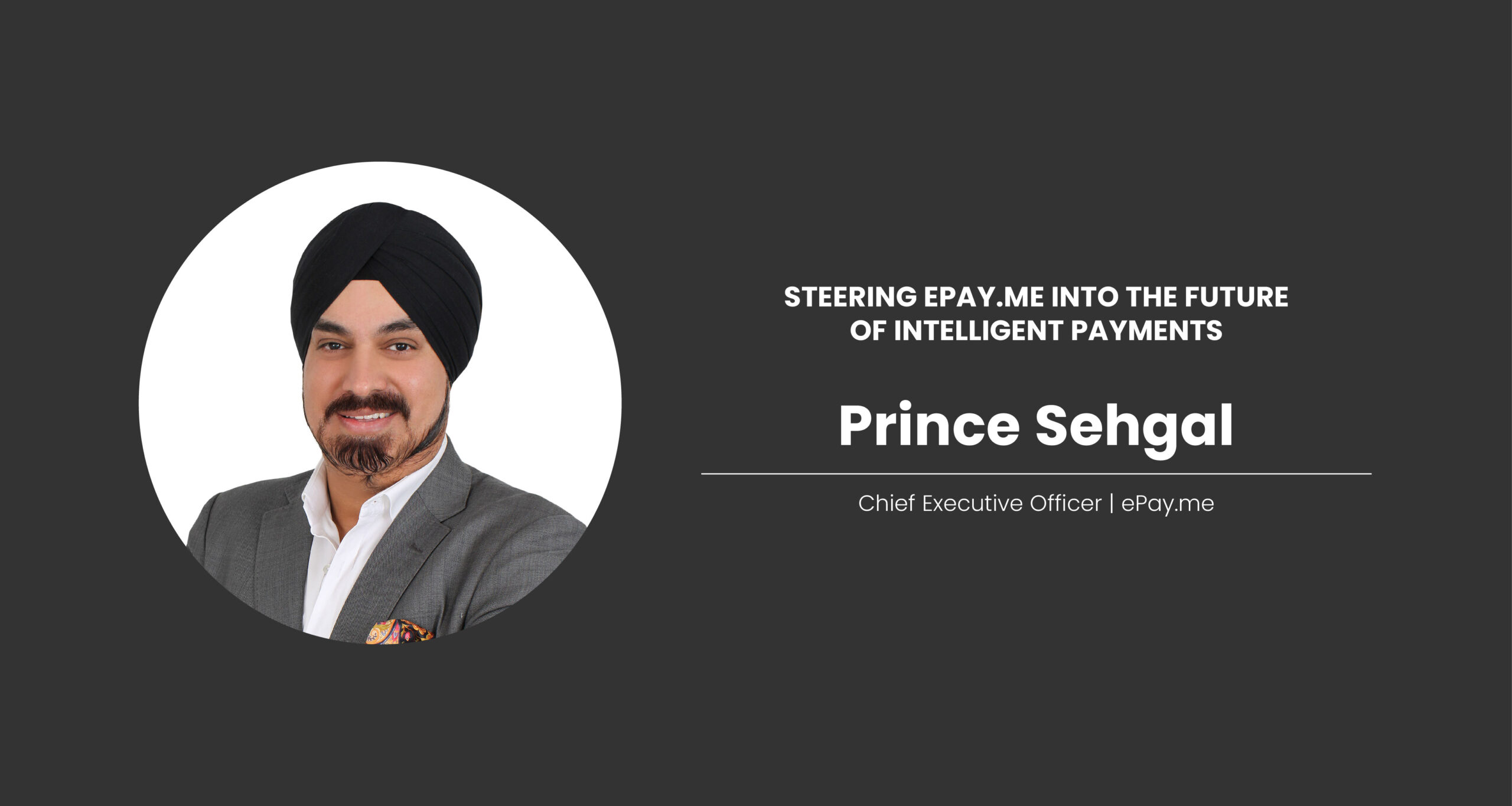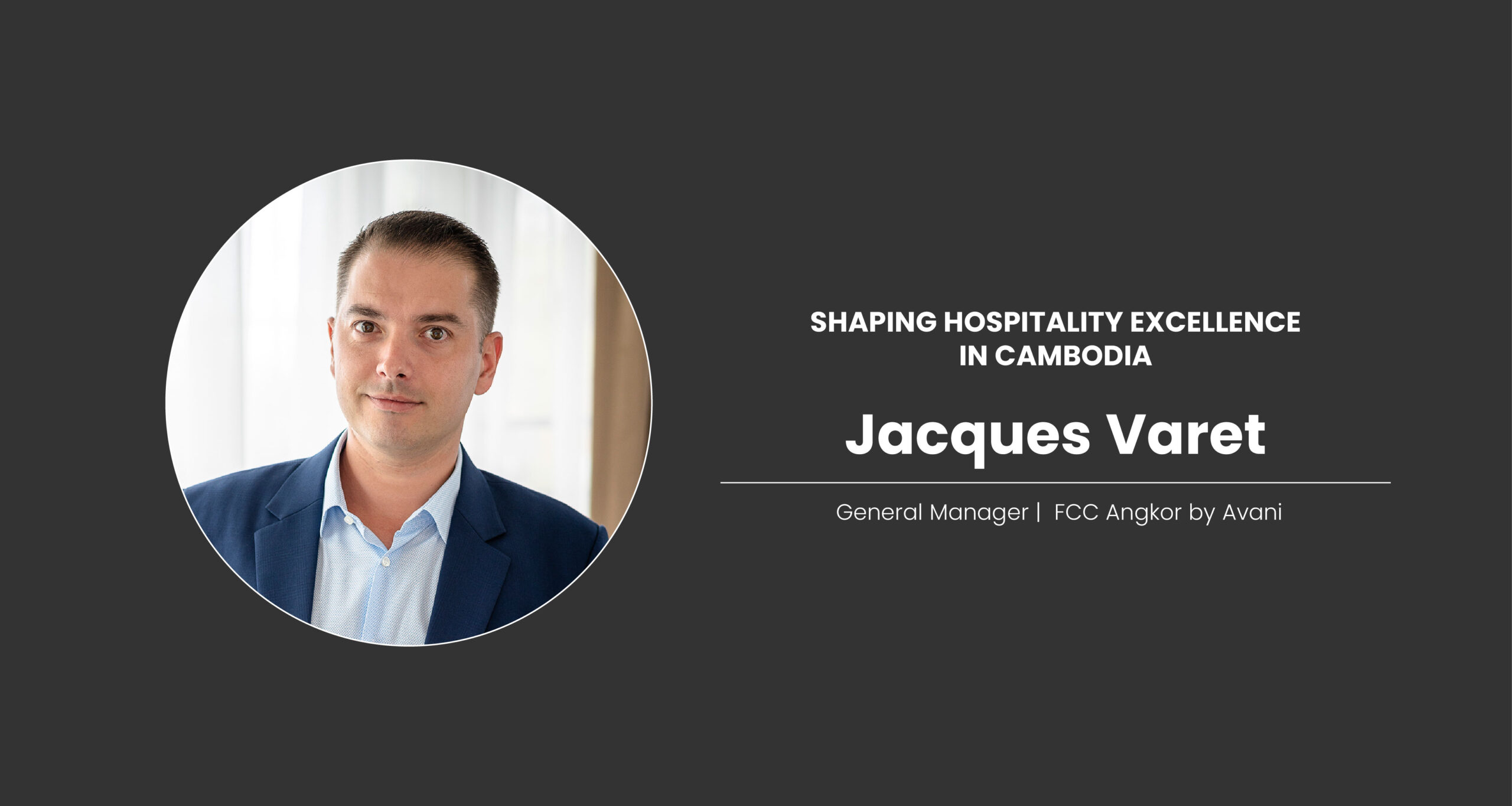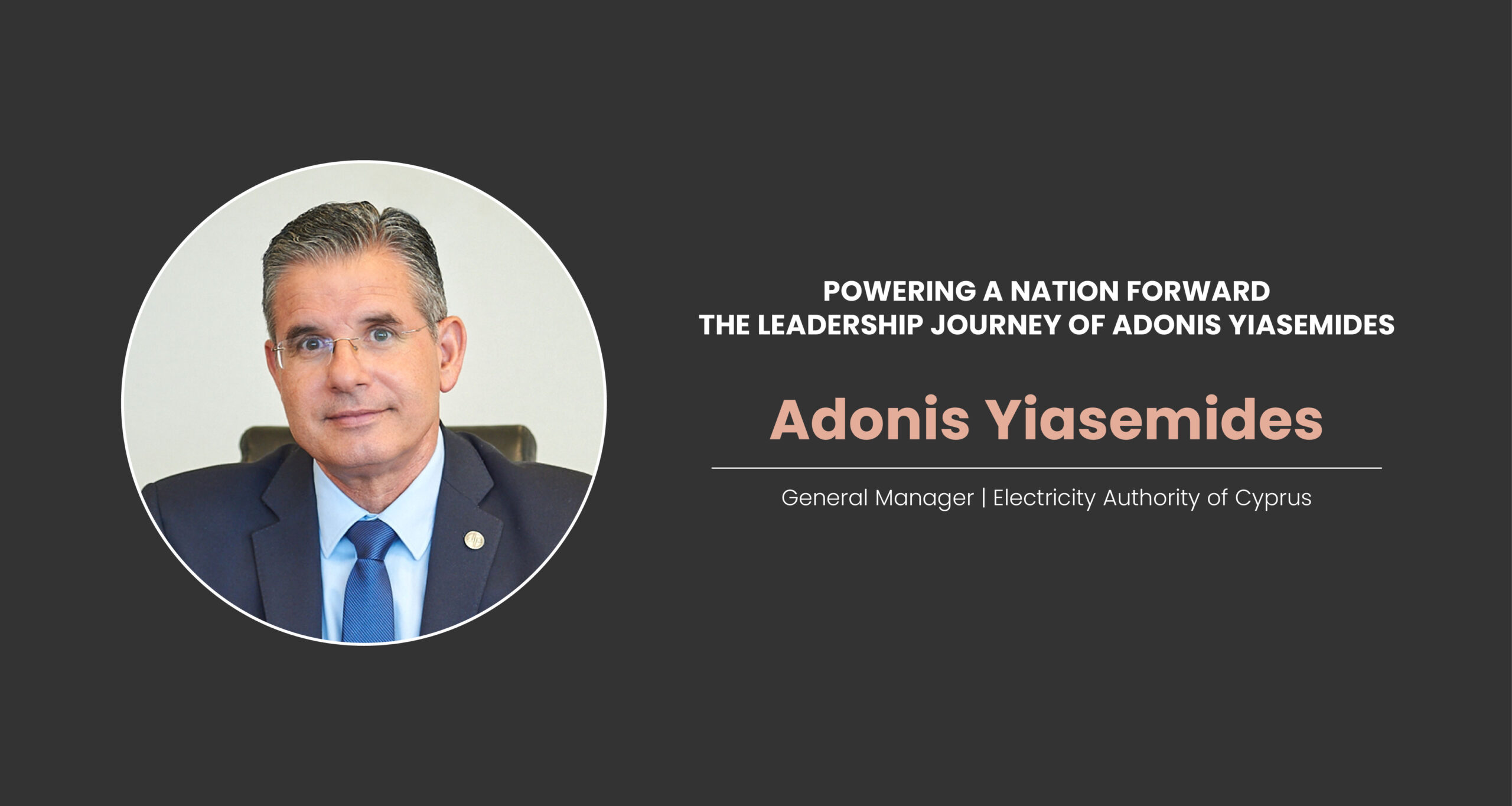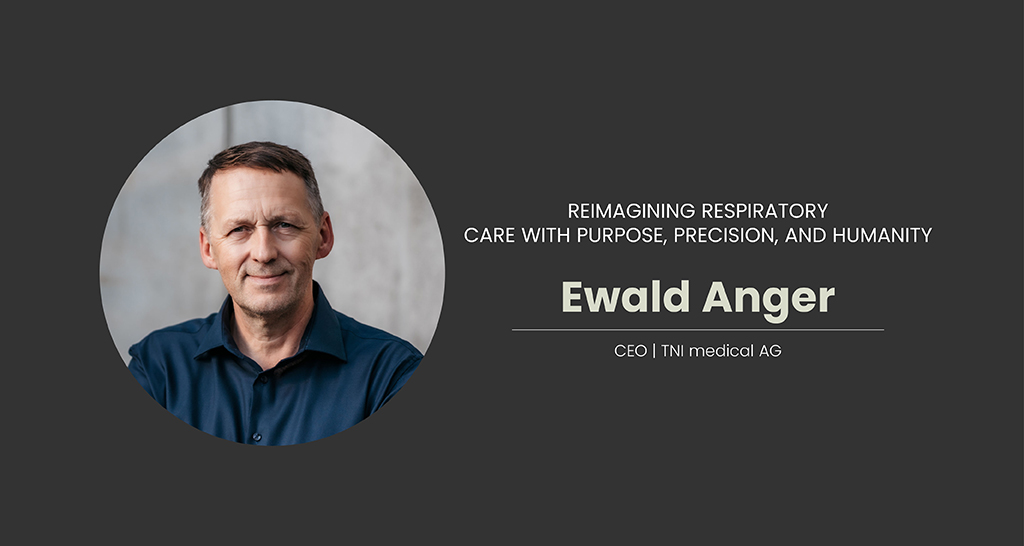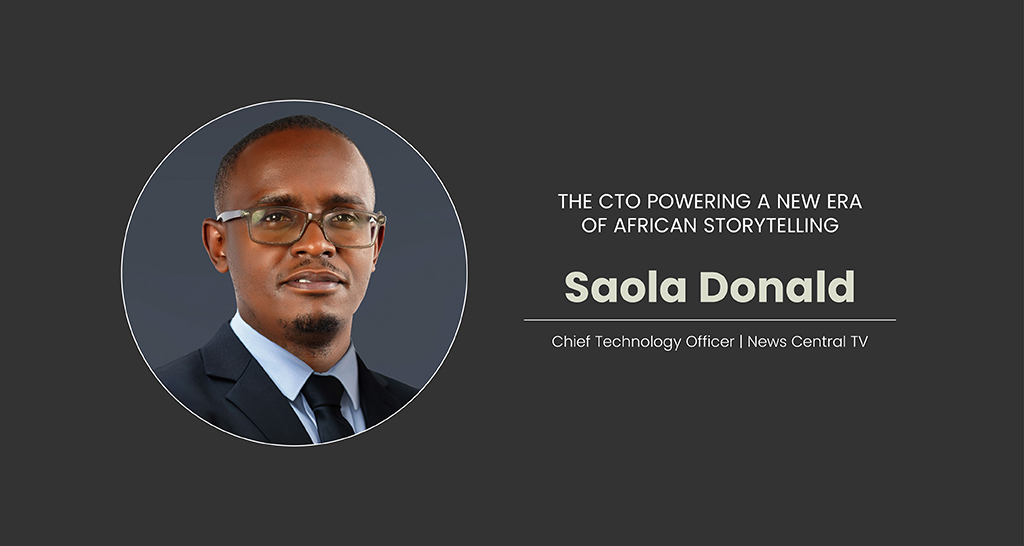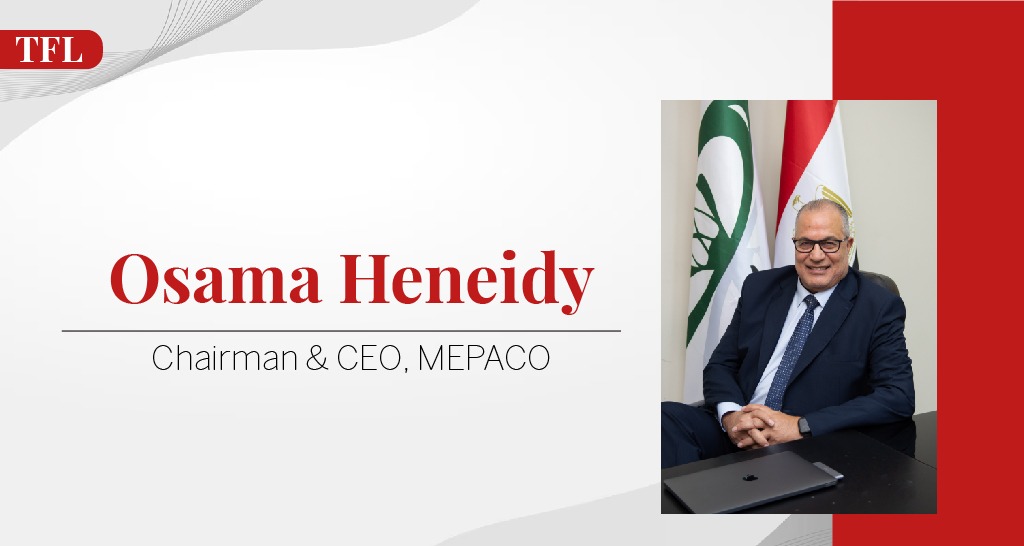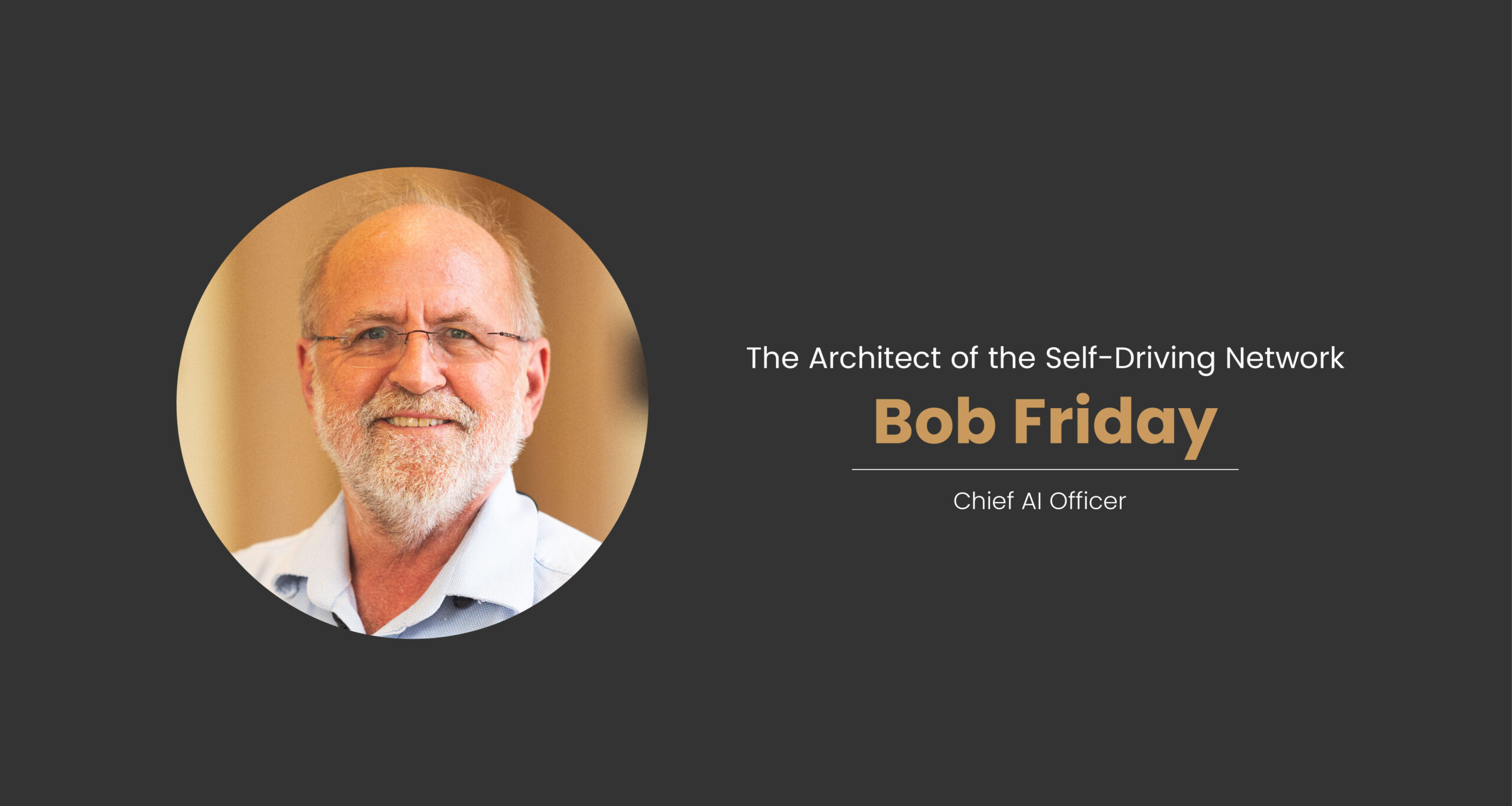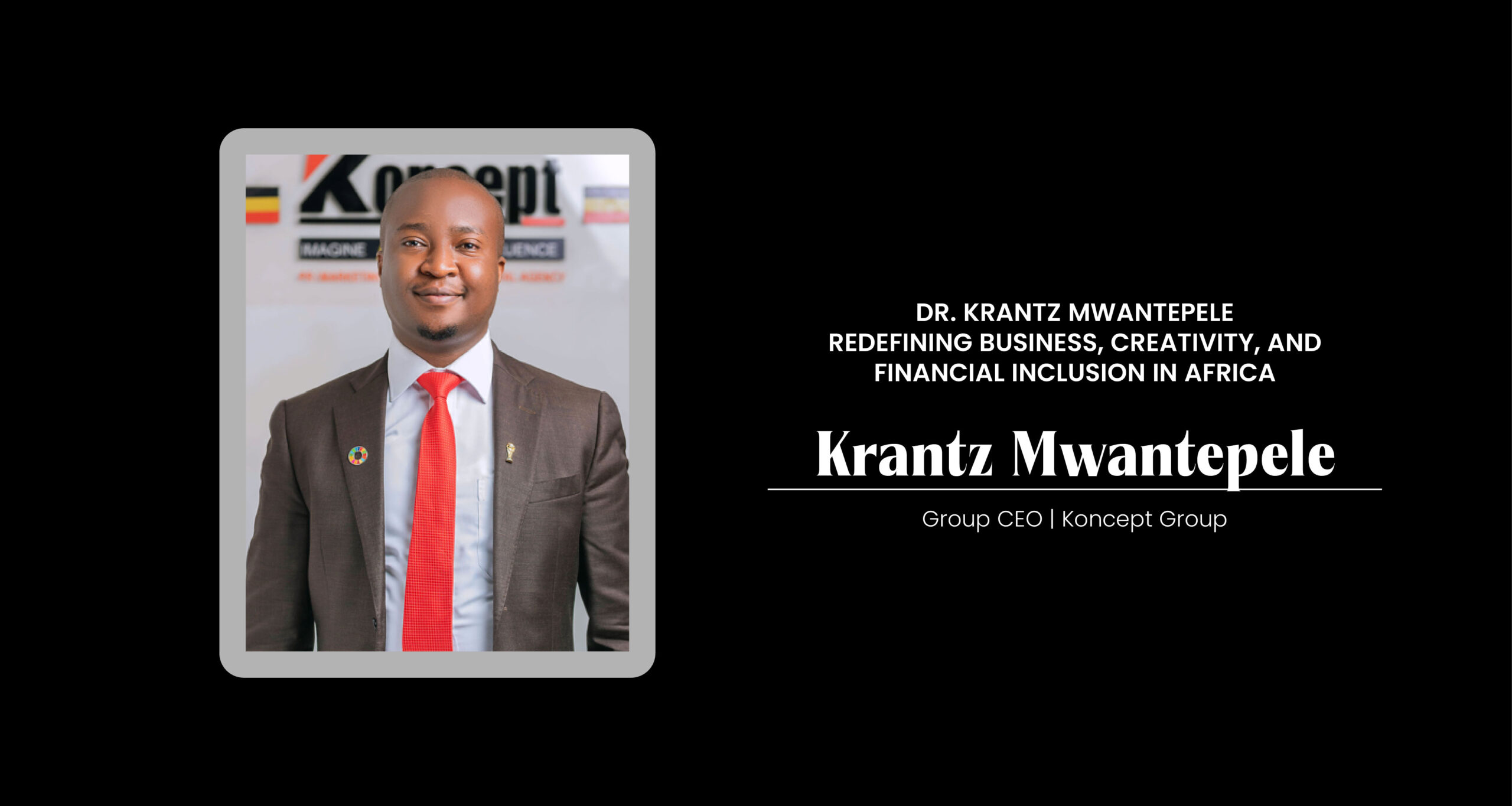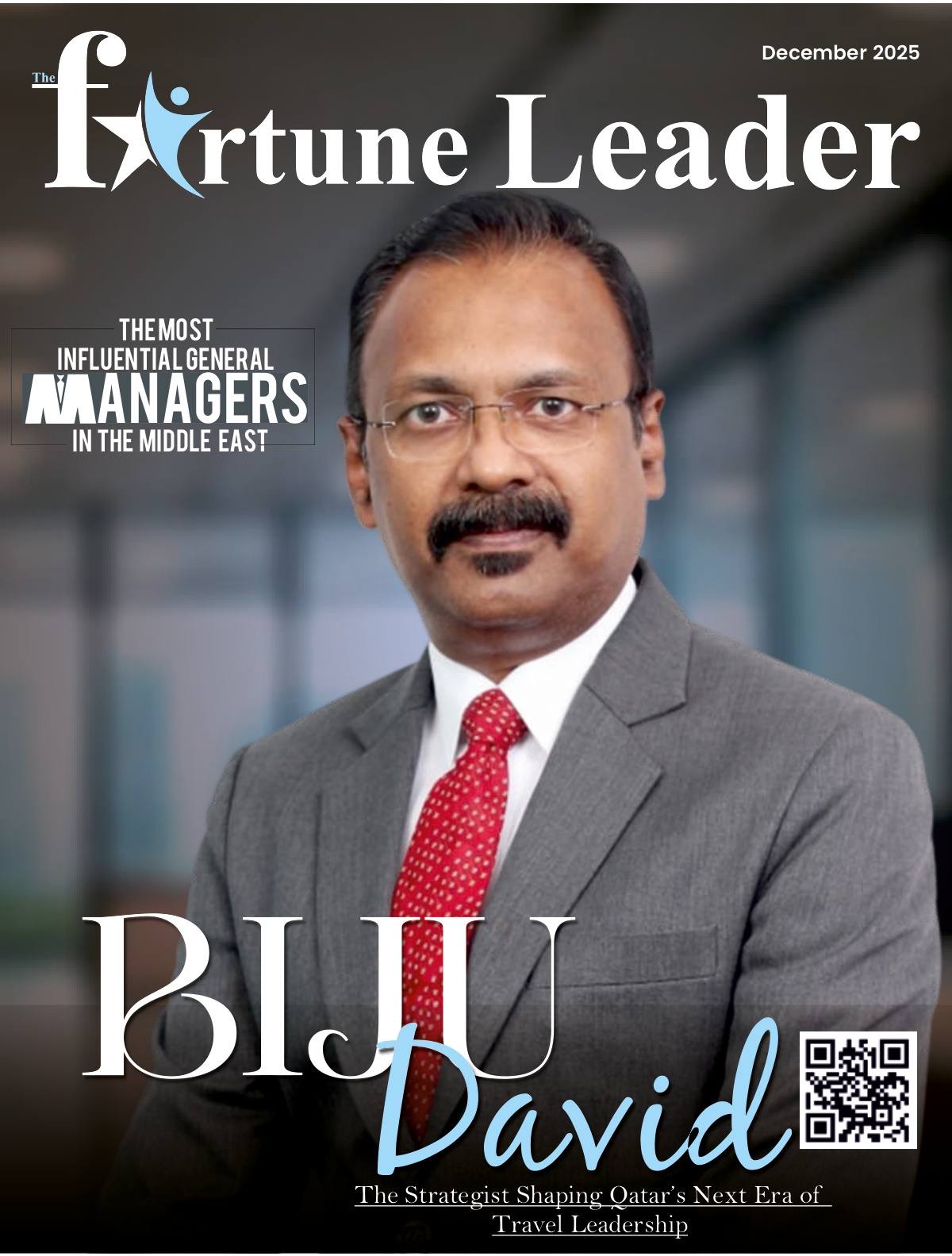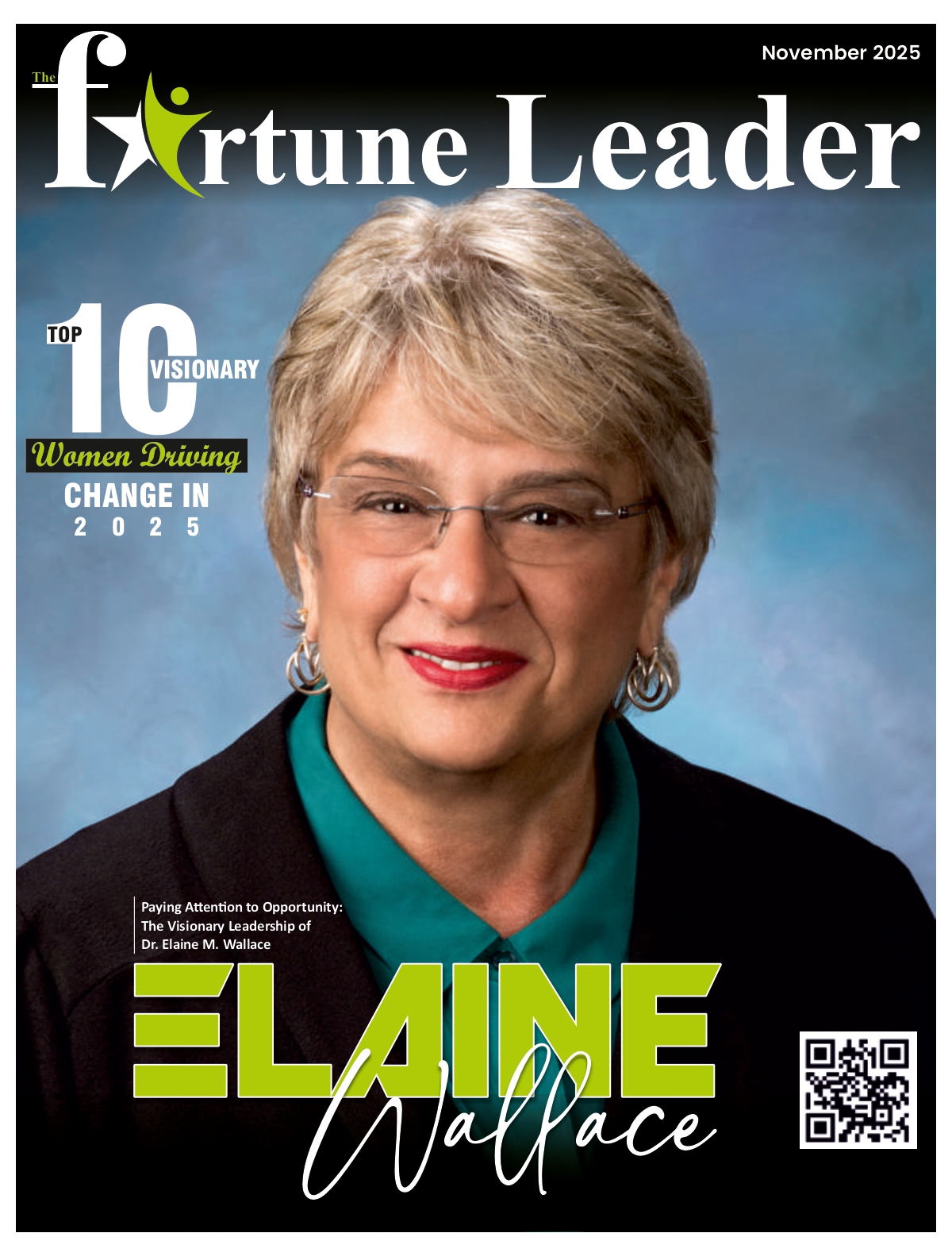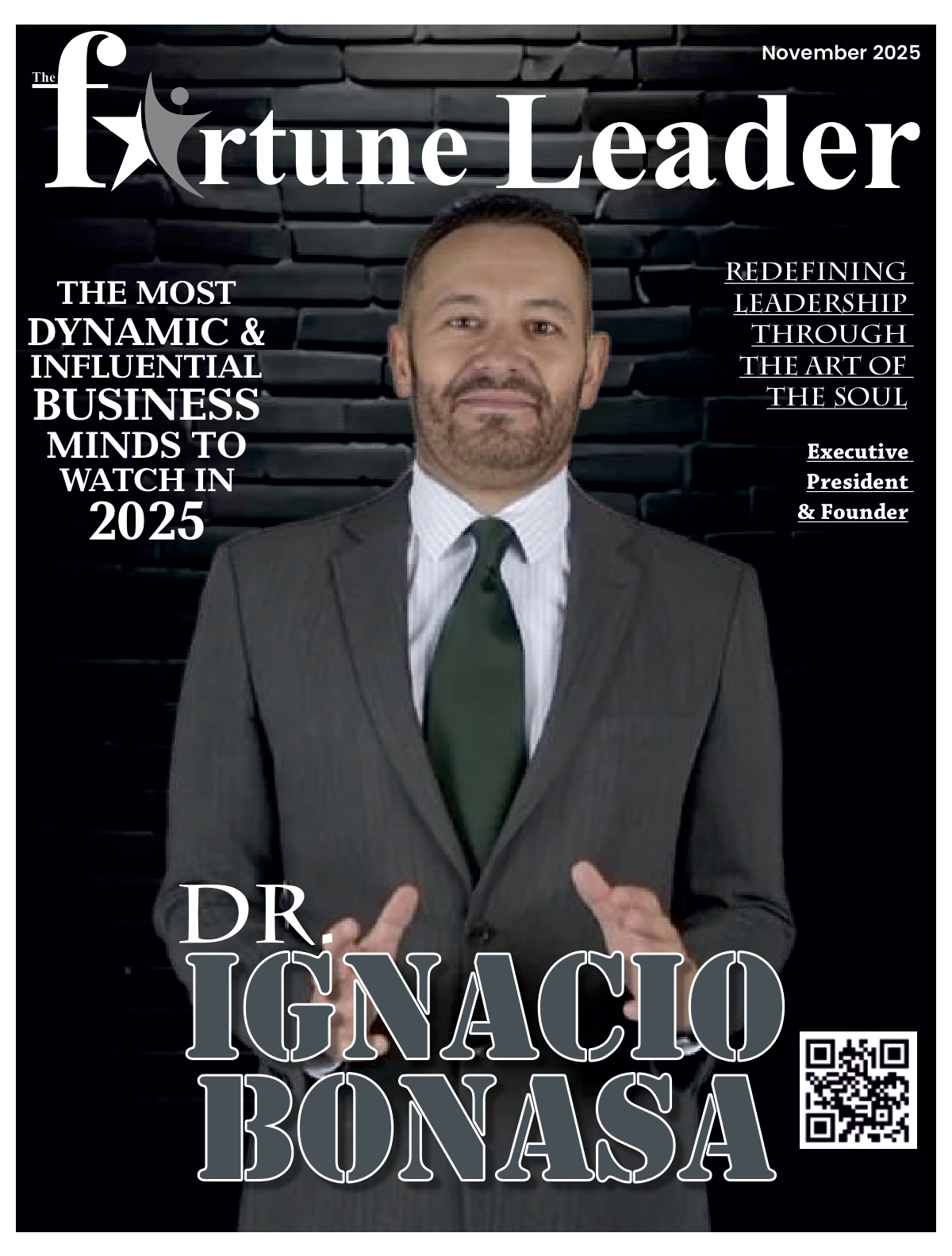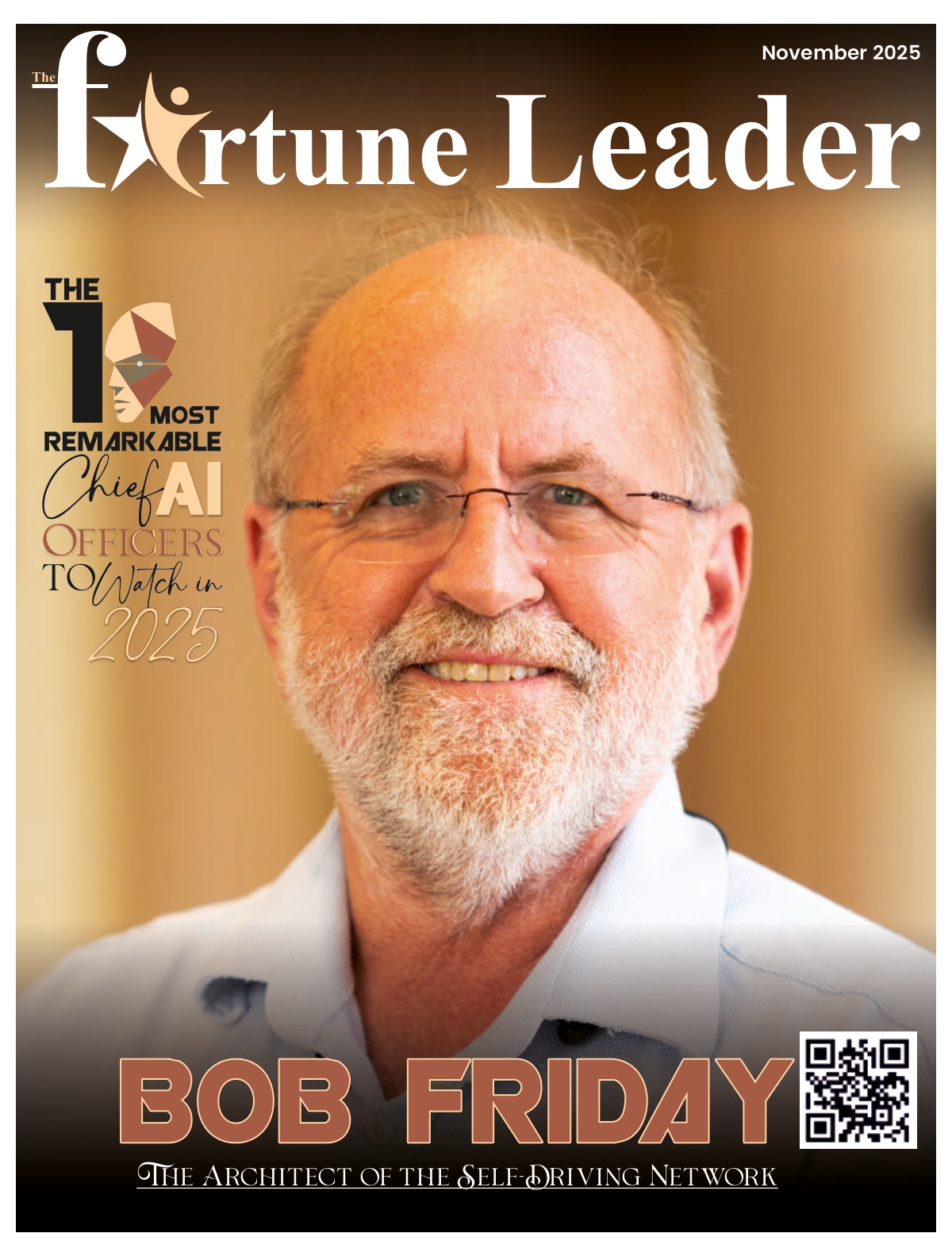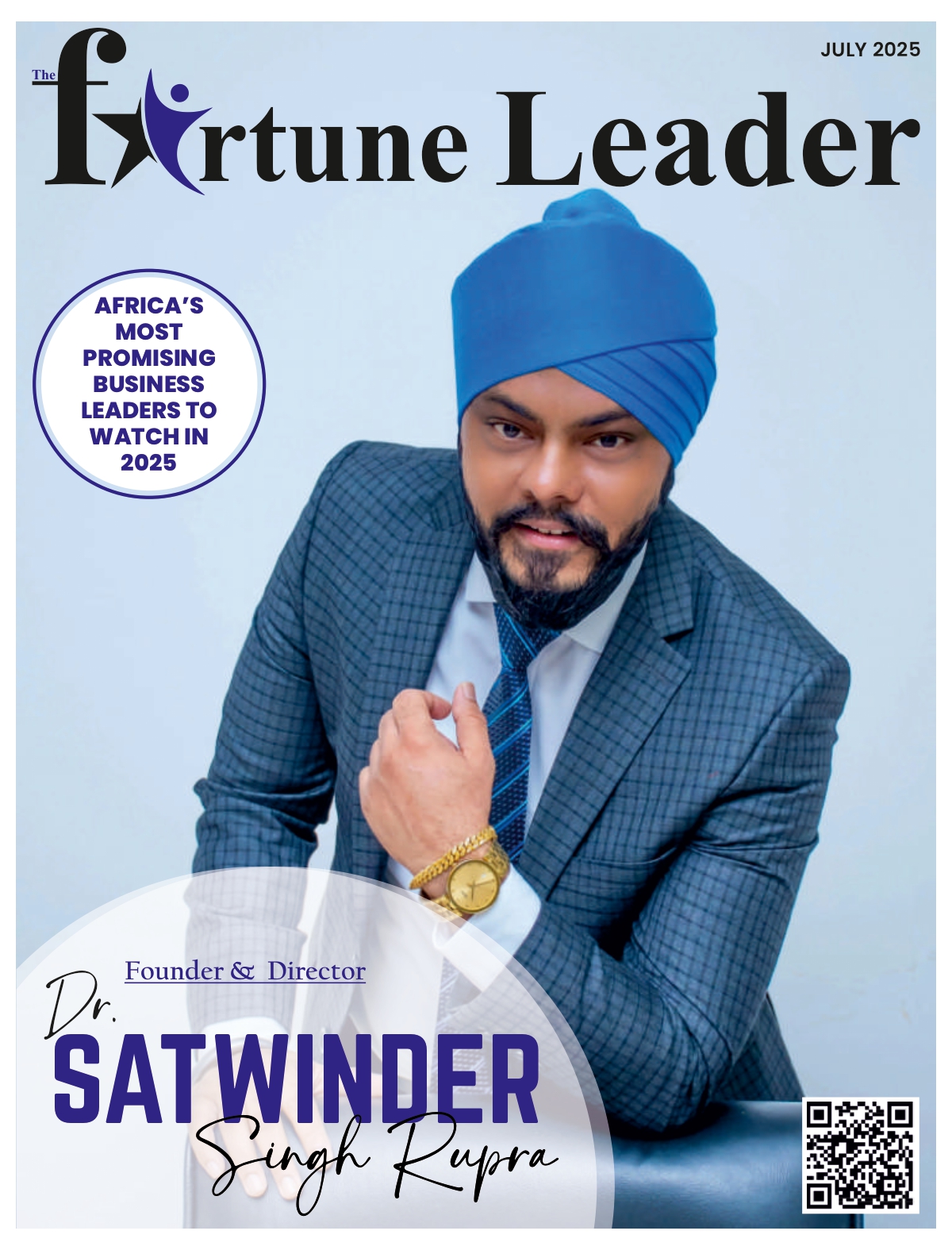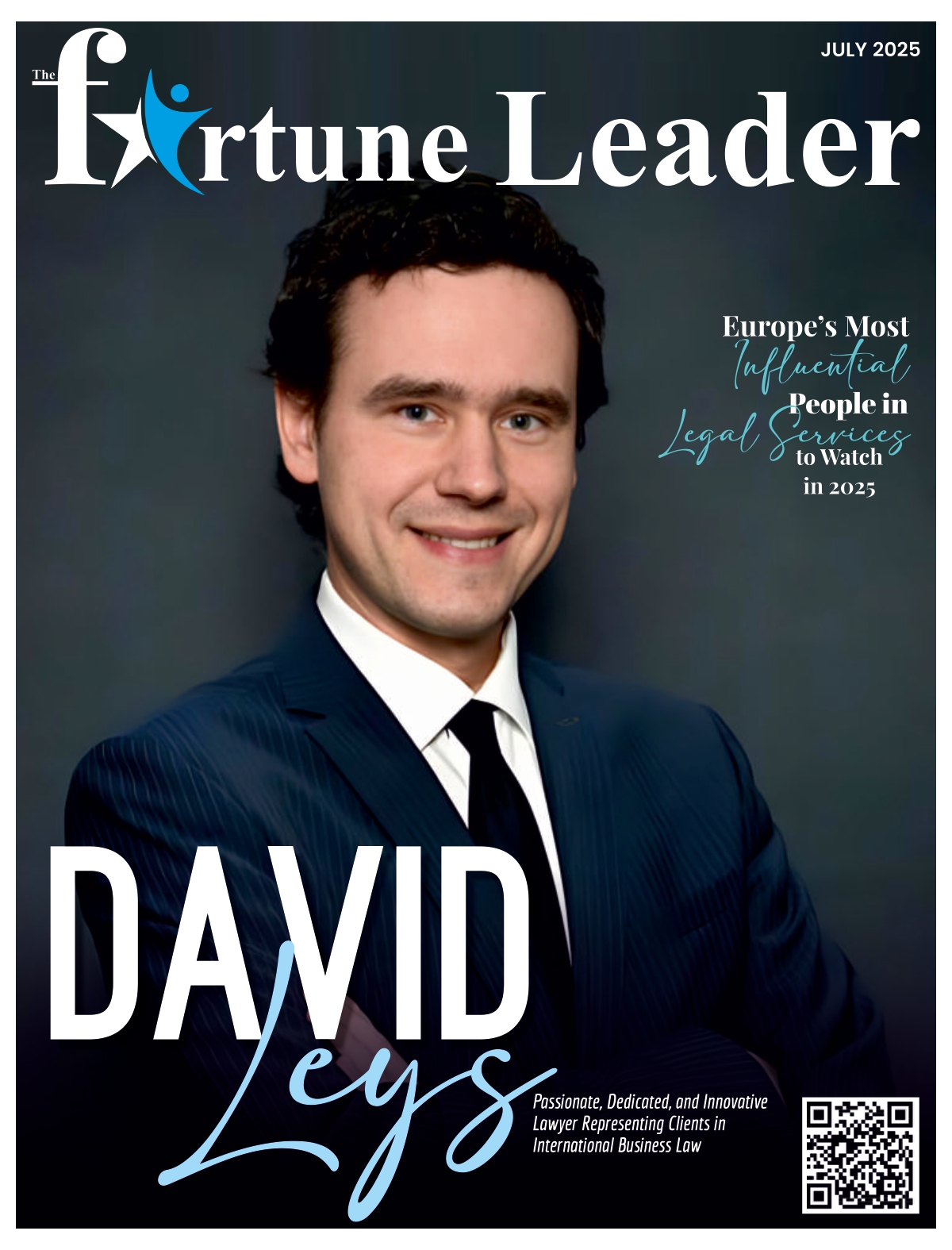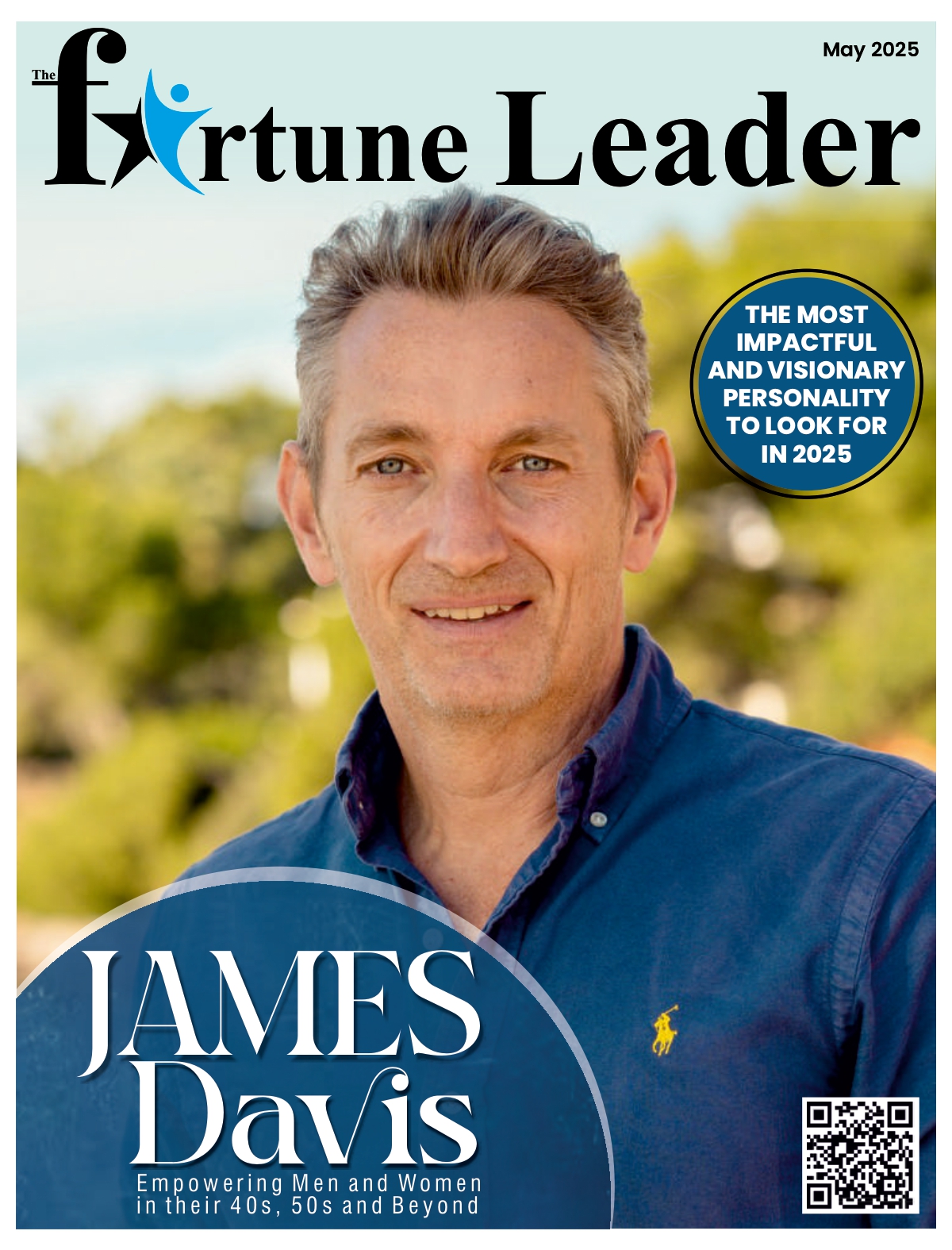Global Diplomacy Through Business: A Visionary Conversation with Dejan Štancer, President of the Global Chamber of Business Leaders
1. You have played a significant role in shaping international business diplomacy through the Global Chamber of Business Leaders. What inspired you to establish the organization?
The Global Chamber of Business Leaders was born out of a simple but powerful realisation: the world was entering an age where political diplomacy alone was no longer enough. Economic influence, ethical leadership, and cross-border cooperation had become the true engines of stability. I founded GCBL because I believed that business leaders—when connected, principled and committed to cooperation—could become one of the strongest diplomatic forces of the 21st century.
What inspired me was the need to create a platform where integrity would be stronger than division, where ideas would travel faster than conflict, and where global leaders could shape prosperity not by competing for advantage, but by building bridges. Today, I see that vision becoming reality.
2. What mission or core purpose continues to drive the Global Chamber of Business Leaders today?
Our mission is unwavering: to transform global leadership into a force for cooperation, responsibility, and sustainable progress.
GCBL exists to connect influential leaders, to foster ethical decision-making, and to support initiatives that advance global peace, economic resilience, and responsible innovation.
Through our programs, our Global Trends Magazine, and our Global Coalition for Cooperation and Peace, we are building a community that chooses collaboration over chaos and principles over profit.
Our recently obtained special consultative status with the United Nations further strengthens our mandate: to contribute directly and constructively to shaping global policy and sustainable development.
3. In your role as President of the Global Chamber of Business Leaders, how do you guide and oversee the organisation’s daily functioning and decision-making?
As President of the Global Chamber of Business Leaders, I lead the organisation with a clear philosophy: global influence must be grounded in ethical governance, strategic clarity, and the strength of collective intelligence.
GCBL is a complex, international structure—uniting leaders, institutions, diplomats, and innovators across continents. My role is to ensure coherence, direction, and integrity in everything we do. I oversee daily functioning through a combination of structured governance and empowered leadership. We have a strong executive framework, but our decision-making remains inclusive, transparent, and deeply aligned with our core mission.
Every strategic decision we take—from global partnerships to UN engagement, from the work of our Global Coalition for Cooperation and Peace to the editorial line of Global Trends Magazine—is guided by one central question: Does this advance cooperation, stability, and responsible global progress?
I believe that a leader’s task is not to centralise power but to build an ecosystem where excellent people can excel. At GCBL, I ensure that our teams operate with discipline, that our processes reflect the highest standards of accountability, and that our actions always honour the trust placed in us by global partners.
In short, my responsibility is to safeguard the vision, uphold the standards, and ensure that GCBL remains one of the world’s most respected platforms for global business diplomacy.
4. In your view, what key challenges and opportunities will global businesses face in 2025?
2025 will be a decisive year—one where global businesses face both unprecedented risks and historic opportunities.
The challenges are clear: geopolitical uncertainty, polarized societies, climate-linked disruptions, and the rapid acceleration of AI. But with these challenges come opportunities to rethink value creation, to innovate responsibly, and to build partnerships that cross traditional boundaries.
Those who embrace ethical AI, sustainable practices, and international cooperation will not only survive—they will lead. Those who continue to act in isolation will struggle in a world where interdependence has become the new reality.
In short: the winners of 2025 will be those who understand that the future is no longer built alone.
5. Your leadership approach is often described as visionary and collaborative. What core values or philosophies guide your decision-making and leadership style?
My leadership is grounded in five principles:
Integrity, because leadership without ethics is simply power without purpose.
Cooperation, because no major challenge today can be solved by one nation, one company, or one individual.
Clarity, because people follow a leader who knows where he is going.
Courage, because progress rarely comes from comfort.
Responsibility, because influence means nothing without accountability.
I believe a leader’s true strength lies not in raising his voice, but in raising the voices of others. Vision creates direction, cooperation delivers results.
6. Looking ahead, what initiatives or strategic goals are you most focused on advancing through the Global Chamber of Business Leaders in the coming years?
Our strategic priorities are ambitious, and intentionally so.
We are expanding GCBL’s global network to strengthen economic diplomacy across all regions. We are deepening our work within the United Nations system, ensuring that the voice of responsible business leadership is present where global policy is shaped.
The Global Coalition for Cooperation and Peace will remain central to our agenda—because peace is not an ideal, it is a strategy.
We are also growing Global Trends Magazine into a global thought-leadership platform that challenges old narratives and introduces bold ideas for the future.
Our goal is simple: to ensure that business leaders are not only participants in global change, but architects of it.
7. What advice would you give to future entrepreneurs and leaders aspiring to make a global impact?
First, build your character before you build your company. Integrity opens doors that money never will.
Second, think globally from day one. The world is interconnected, and opportunities rarely stay within national borders.
Third, surround yourself with people who challenge you, not those who agree with you. Innovation lives in diversity.
And finally: never forget that leadership is not measured by how high you climb, but by how many people rise because of you.
If you aspire to change the world, begin by changing the way you show up in it—every day, with courage, humility, and purpose.

